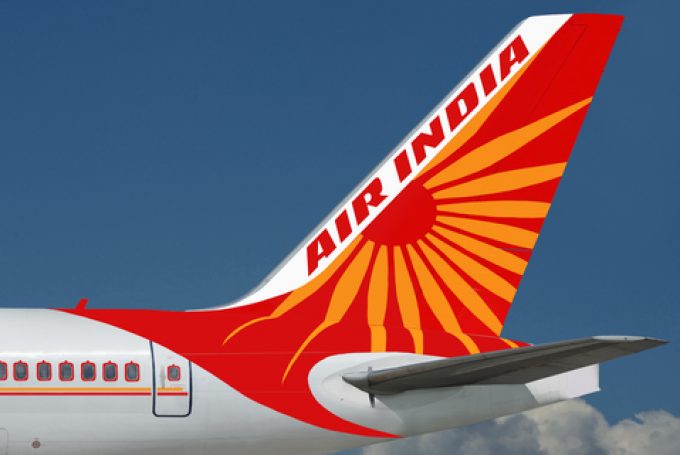Business case for commercial use of the Beluga 'was not there', says Airbus
Airbus has taken the “reluctant” decision to axe the commercialisation of its heavylift Beluga aircraft, ...

Air India, looking to return to its halcyon days of formidable market share and network leadership under new owner Tata Group, has announced a major fleet expansion programme.
The carrier will acquire a total of 470 aircraft from Airbus and Boeing, at an estimated cost of some $80bn.
The orderbook comprises 40 A350s, 20 B787s, 10 B777-9 widebodies, 210 A320/321 Neos and 190 B737 MAX single-aisle aircraft.
And sources have told The Loadstar, the carrier plans to add some 80 freighters over the next ...
Outlook for container shipping 'more uncertain now than at the onset of Covid'
Shippers warned: don't under-value US exports to avoid tariffs – 'CBP will catch you'
Cancelled voyages take the sting out of spot rate declines this week
Teamsters union vows UPS will be 'in for a hell of a fight' over jobs cull
New Houthi warning to shipping as rebel group targets specific companies
K+N CEO unveils impact of US import tariffs on China-origin goods
Blanked sailings in response to falling demand 'just a stop-gap solution'
CMA CGM to reflag box ship as the French carrier eyes growing Indian market
More pressure on transpacific rates as carriers bet on a China-US trade deal
Boeing looks to resell up to 50 aircraft rejected by Chinese buyers
'Strong start' to 2025, despite market uncertainty, says Kuehne + Nagel
US Customs chaos means 'more downside risk than upside potential' for air cargo
Taiwan ministries act to mitigate effect of trade war on agriculture exports
Wan Hai joins box shipping 'arms race', but avoids Chinese yards for newbuilds
MOL signs up with Climeworks for direct air carbon capture and storage


Comment on this article